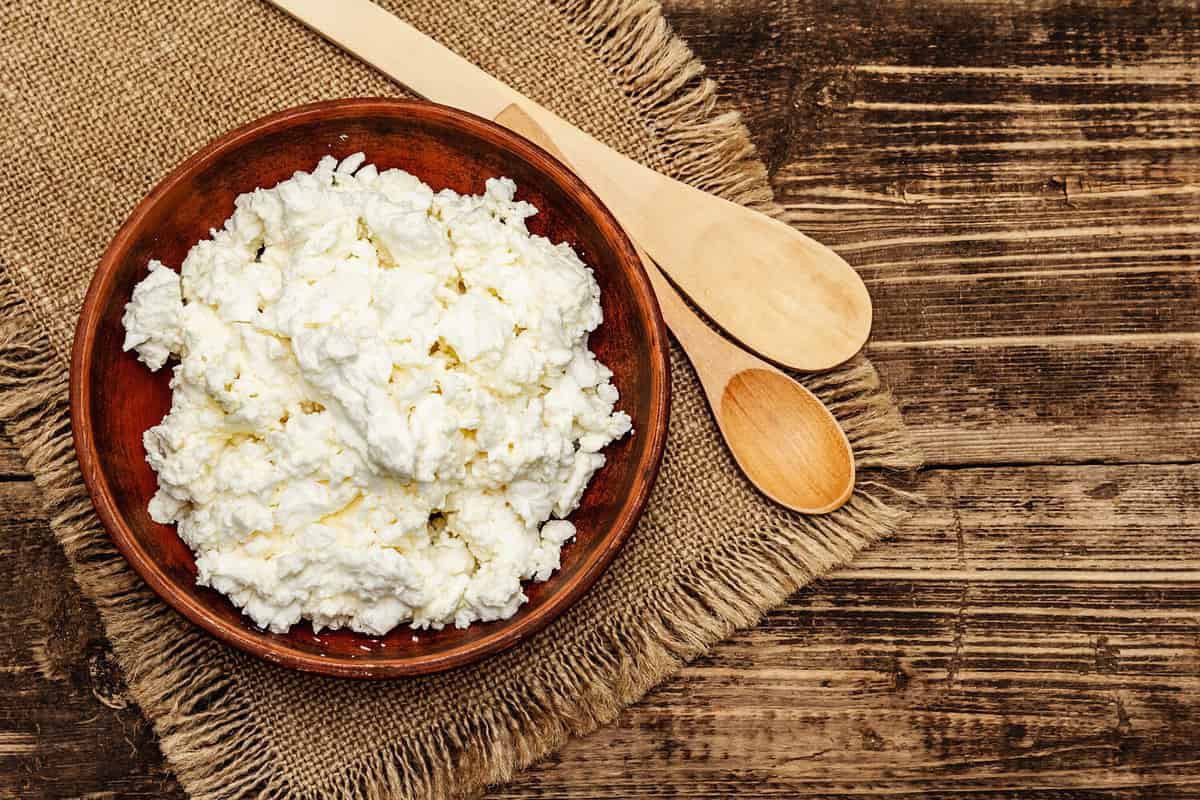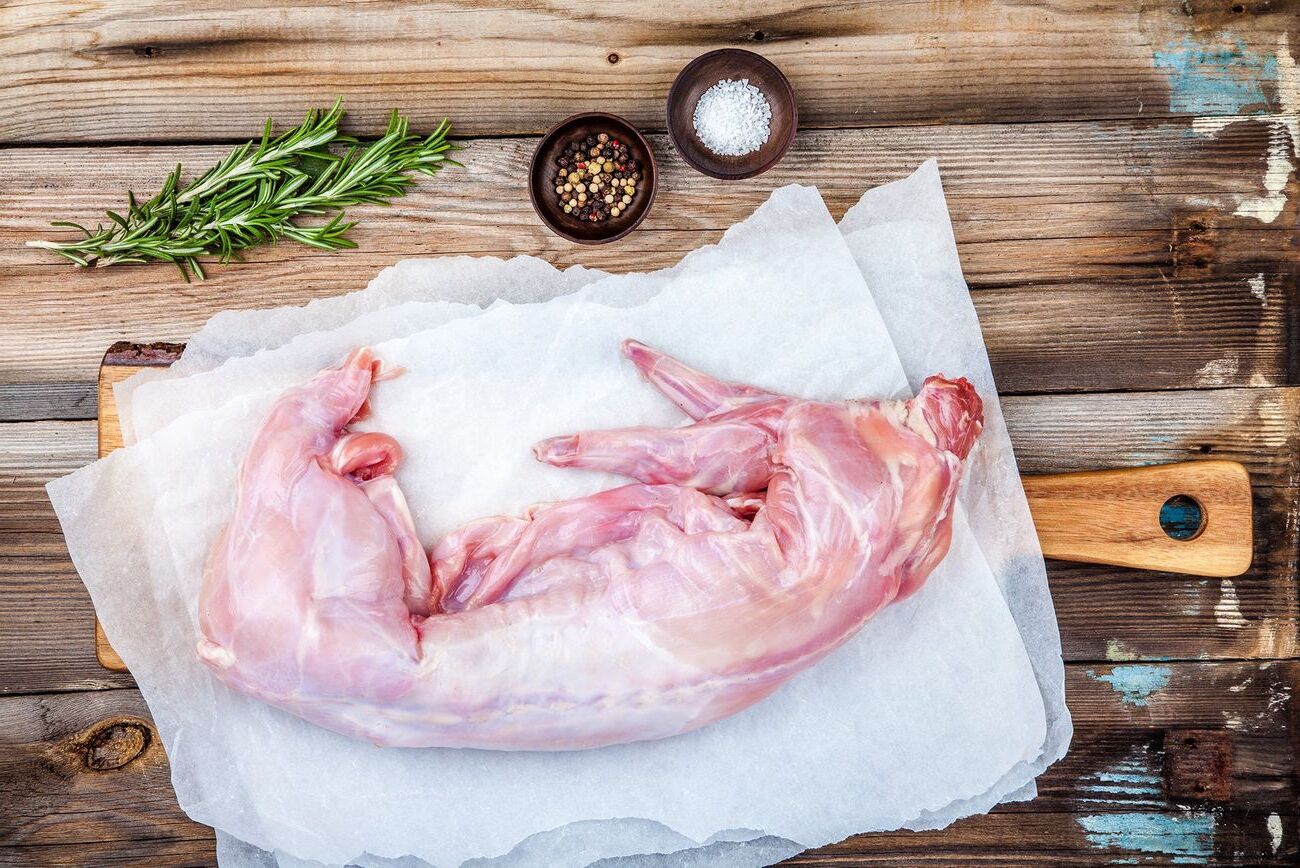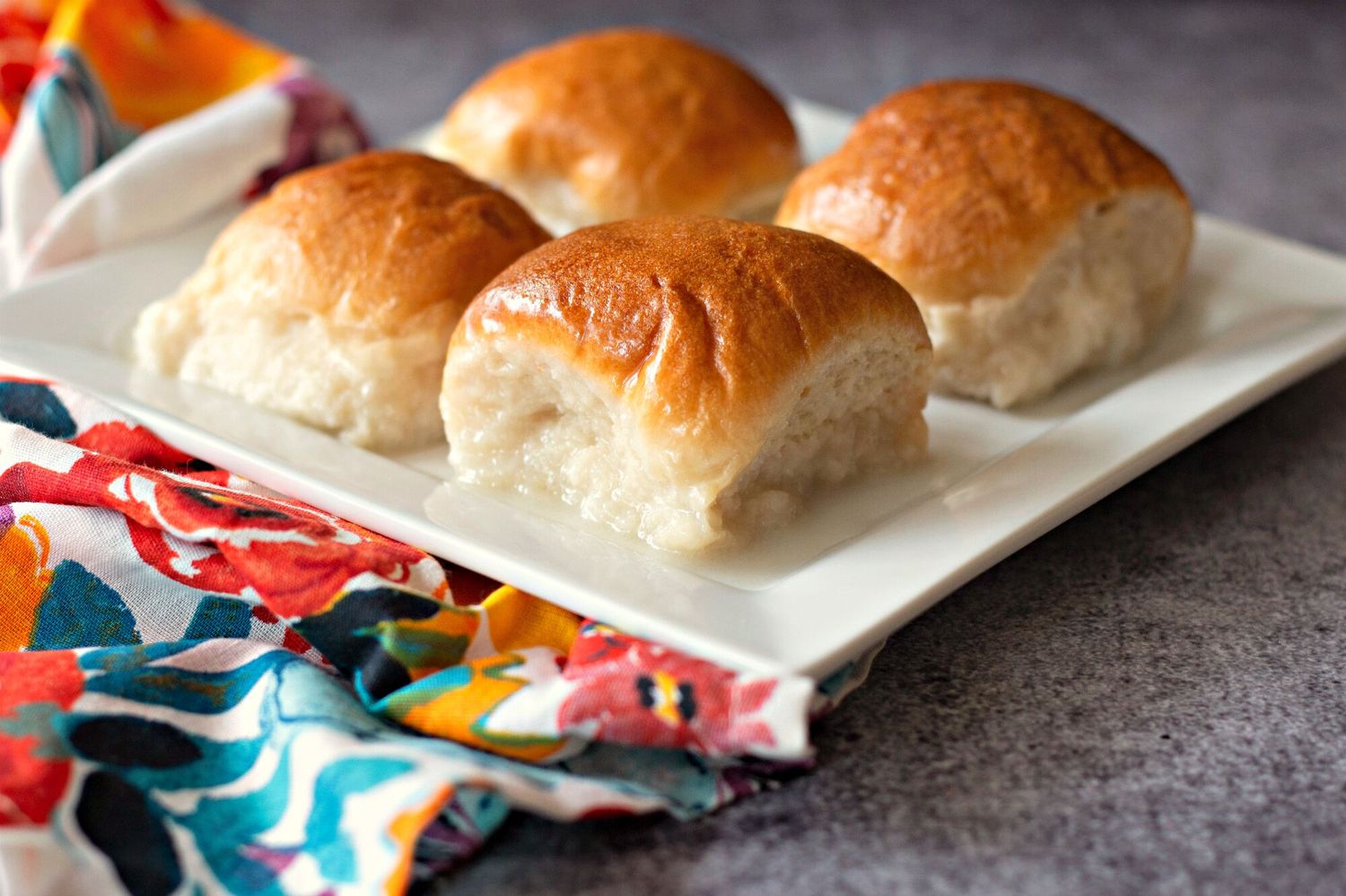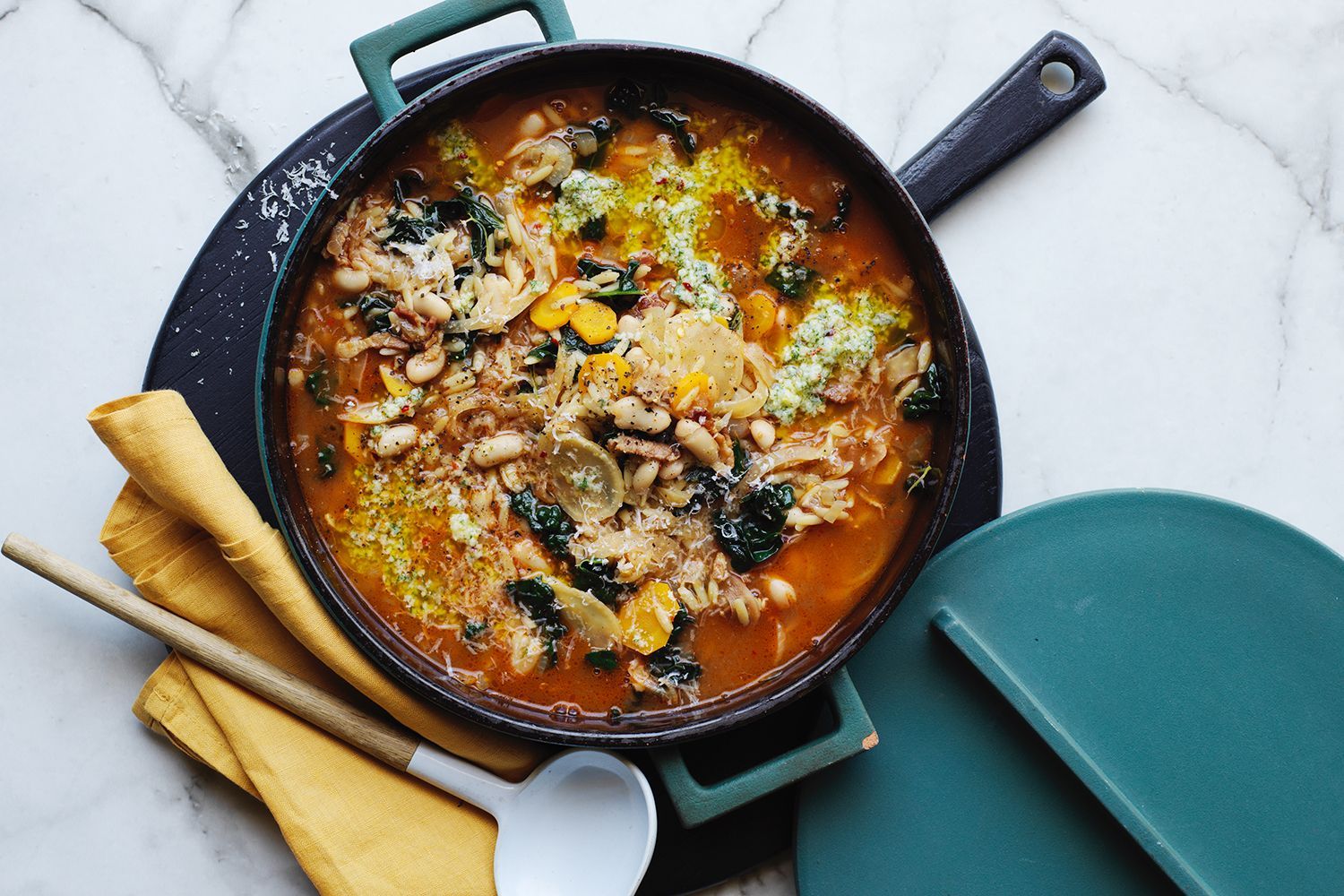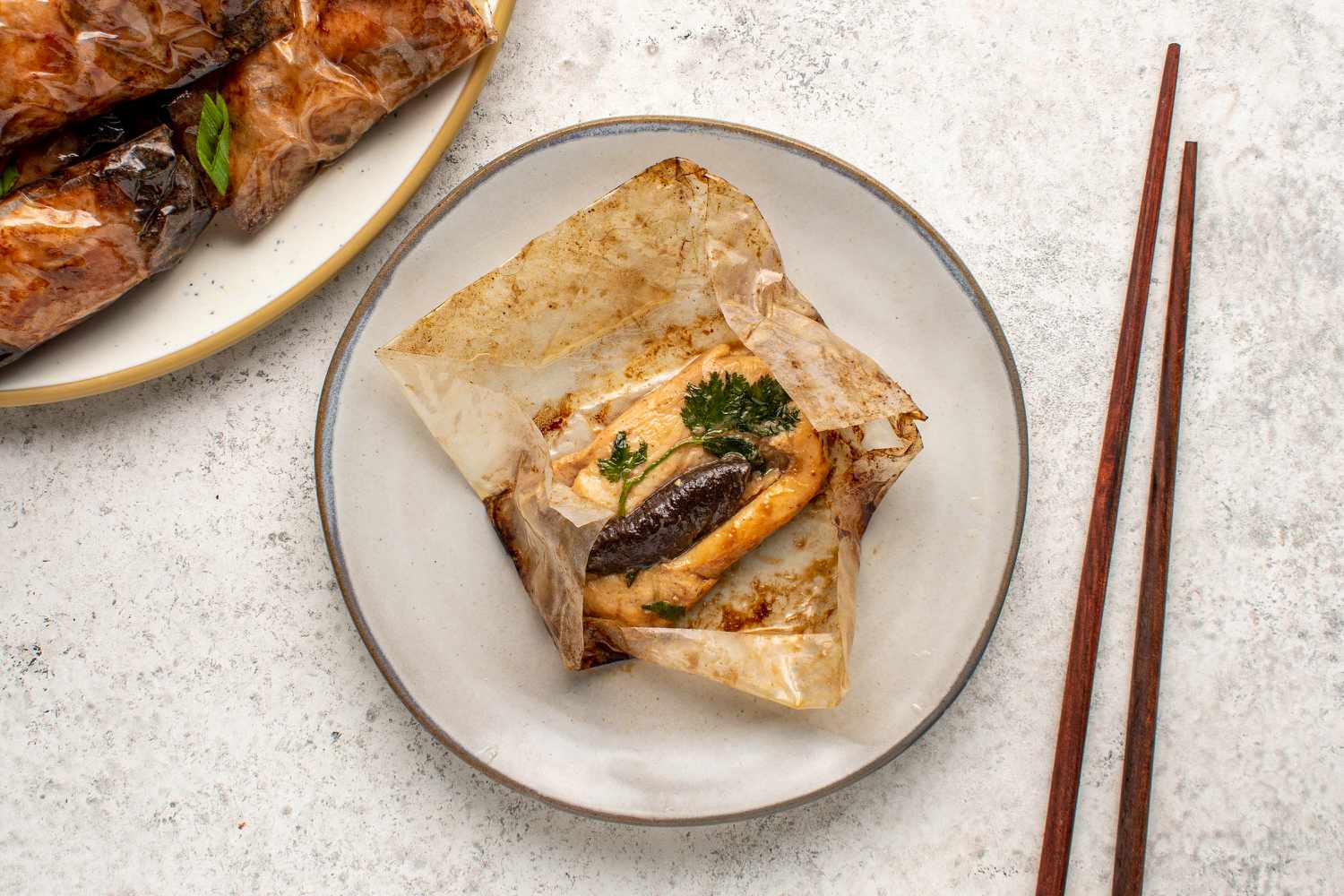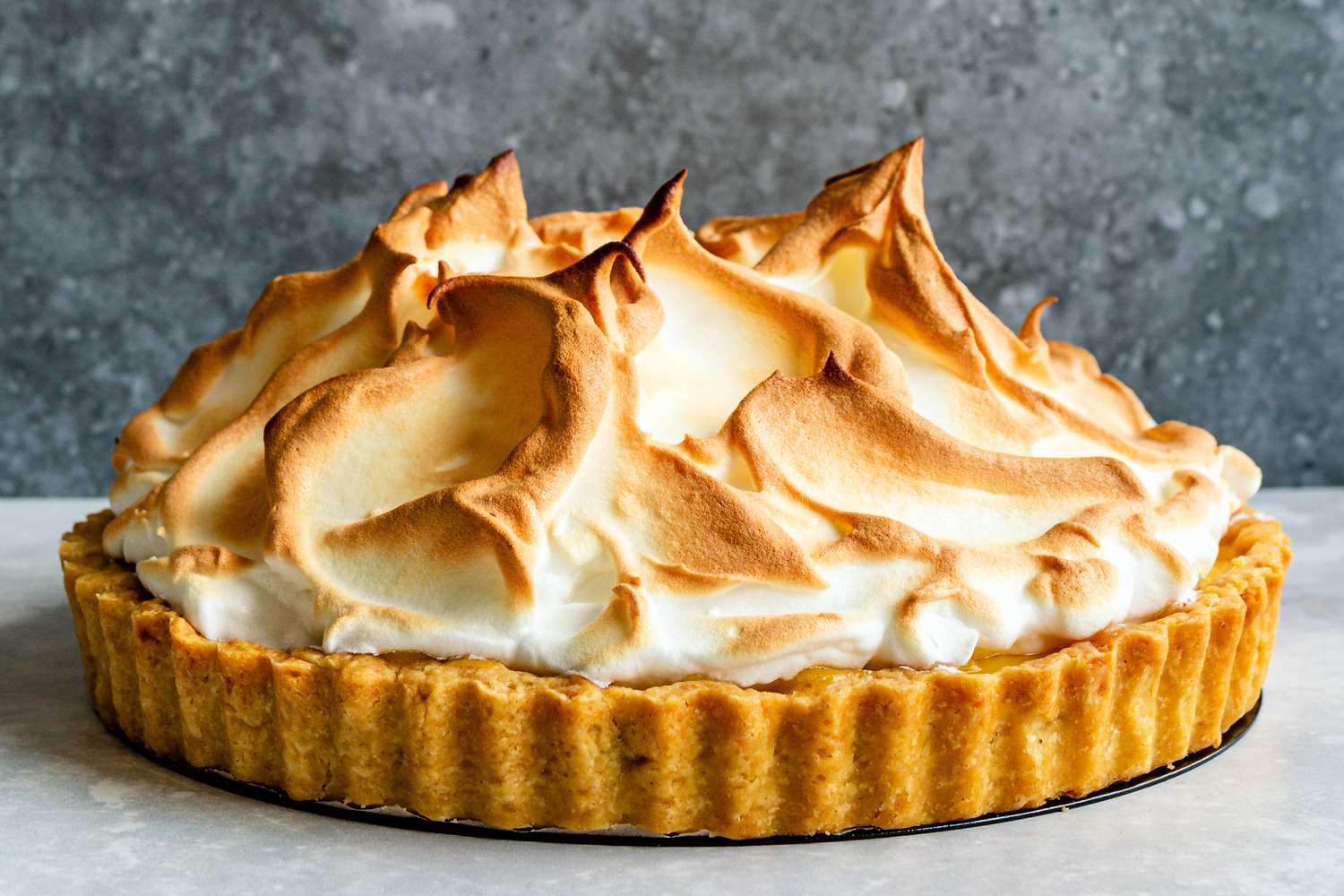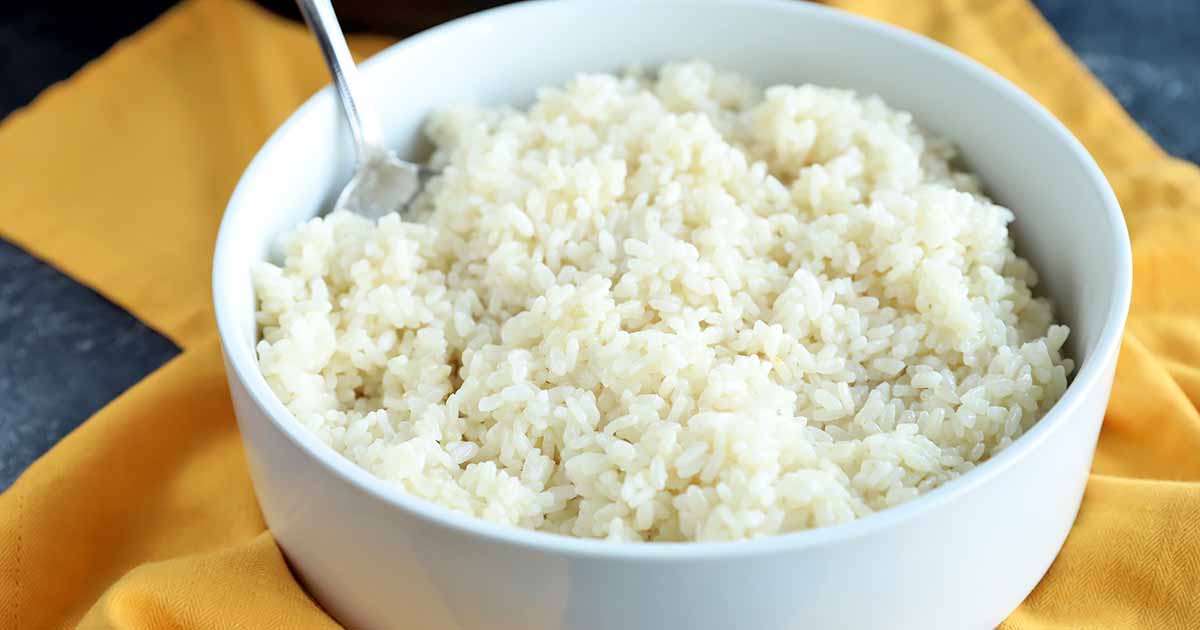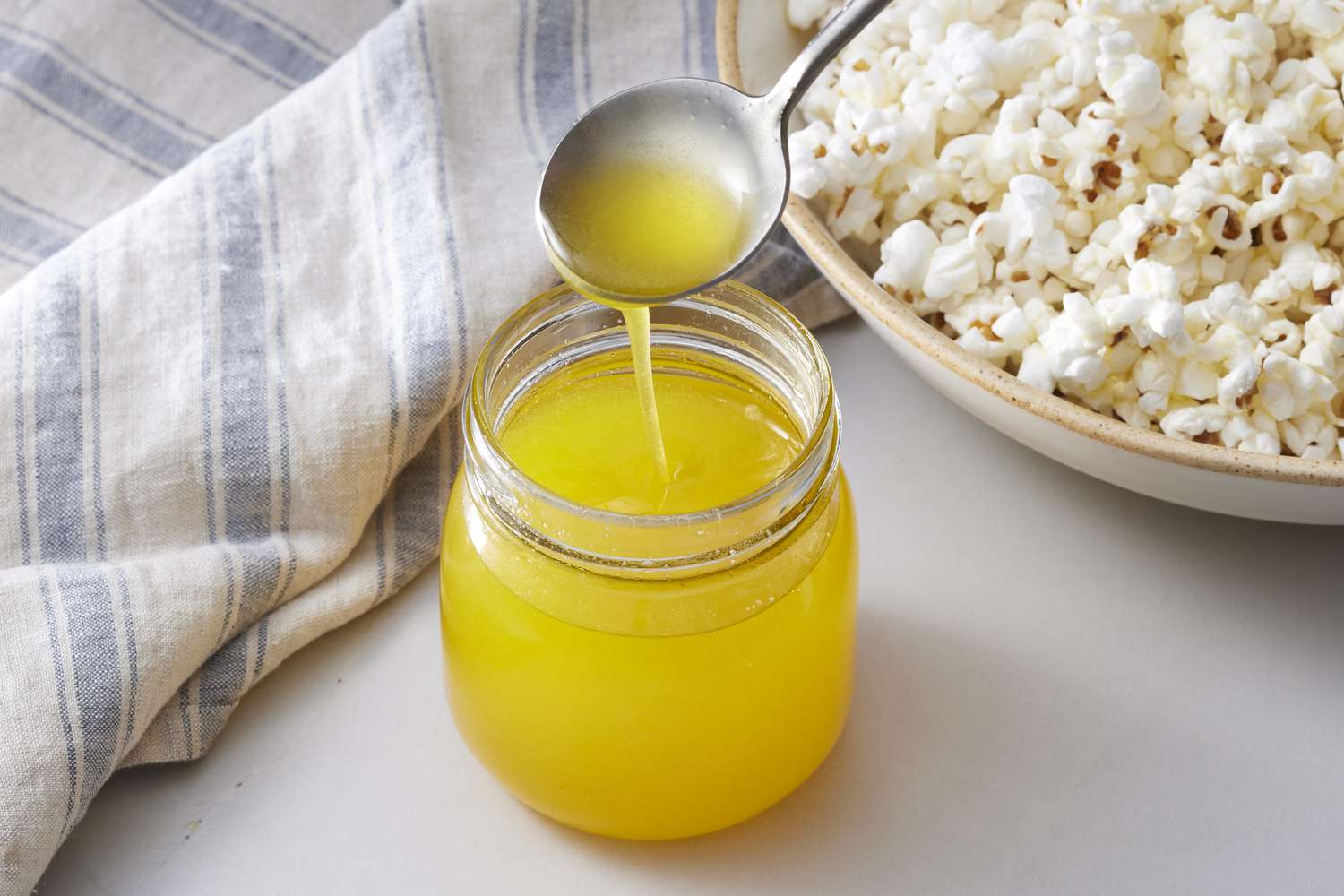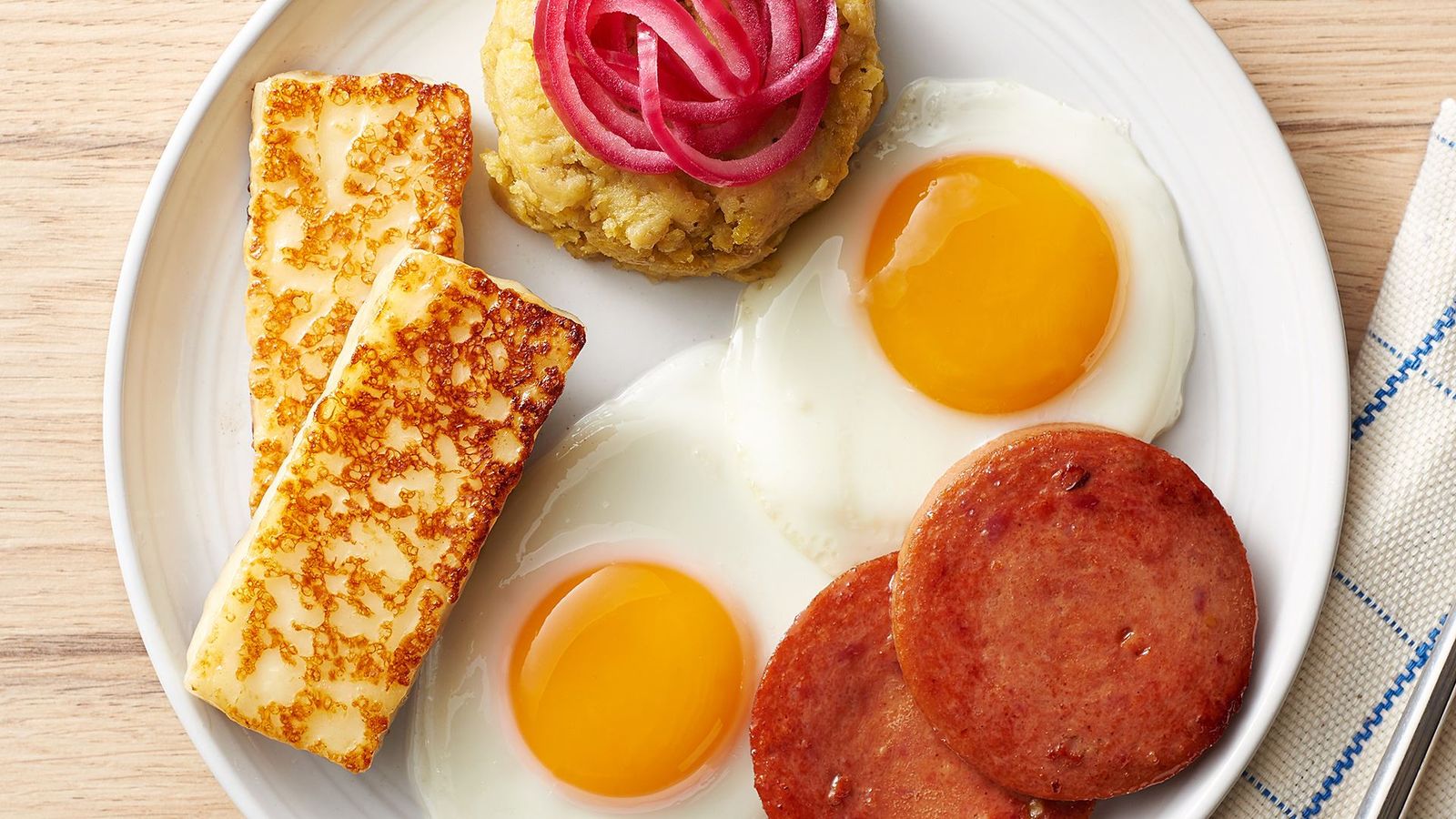If you've ever come across the term "pig trotter" and wondered what it actually means, you're not alone. Pig trotters, also known as pig's feet, are a popular ingredient in many cuisines around the world. In this article, we'll explore what pig trotters are, how they are used in cooking, and some of the potential health benefits they may offer.
What Are Pig Trotters?
Pig trotters refer to the feet of a pig, including the ankle and foot. They are often sold with the skin and nails removed, and are typically cooked before being consumed. In some cultures, pig trotters are considered a delicacy and are used in a variety of traditional dishes.
Culinary Uses of Pig Trotters
Pig trotters are a versatile ingredient that can be used in a wide range of dishes. Here are some common ways in which pig trotters are used in cooking:
-
Soups and Stews: Pig trotters are often used to add flavor and richness to soups and stews. The collagen and gelatin present in the trotters can help to thicken the broth and give it a silky texture.
-
Braised Dishes: Braising pig trotters with aromatic herbs and spices can result in a flavorful and tender dish. The slow cooking process helps to break down the tough connective tissues in the trotters, resulting in a melt-in-your-mouth texture.
-
Fried or Grilled: In some cuisines, pig trotters are fried or grilled to achieve a crispy and caramelized exterior, while the interior remains tender and succulent.
Health Benefits of Pig Trotters
While pig trotters are often enjoyed for their rich flavor and culinary versatility, they may also offer some potential health benefits:
-
Collagen: Pig trotters are rich in collagen, a protein that is essential for maintaining healthy skin, hair, and joints. Consuming collagen-rich foods like pig trotters may help support skin elasticity and joint health.
-
Gelatin: The gelatin found in pig trotters is known for its gut-healing properties. It may help to improve digestion and gut health.
-
Nutrient Density: Pig trotters contain a variety of nutrients, including vitamins, minerals, and amino acids, which are important for overall health and well-being.
How to Prepare Pig Trotters
If you're interested in trying pig trotters in your cooking, it's important to properly prepare them before using. Here are some basic steps for preparing pig trotters:
-
Cleaning: Start by thoroughly cleaning the pig trotters to remove any dirt or debris.
-
Blanching: Some recipes may call for blanching the trotters in boiling water to remove impurities and excess fat.
-
Cooking: Depending on the recipe, pig trotters may be braised, simmered, or roasted to achieve the desired texture and flavor.
In Conclusion
Pig trotters are a unique and flavorful ingredient that is cherished in many culinary traditions. Whether used to add richness to soups and stews or braised to perfection, pig trotters offer a delicious and potentially beneficial addition to the dining table. If you're feeling adventurous in the kitchen, consider giving pig trotters a try in your next cooking endeavor!
Was this page helpful?
Read Next: What Is Pan Trout?

